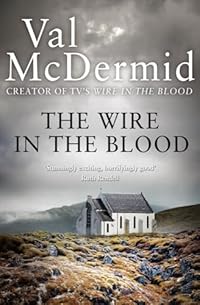Out of Bounds by Val McDermid
Posted in Reading Reviewed, Scottish Fiction at 12:00 on 17 September 2025
Little Brown, 2016, 440 p.
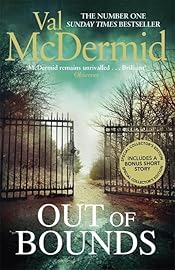
In this (fourth) instalment of the cases of DCI Karen Pirie she is still trying to get over the death of her romantic (and former professional) partner Phil Paratka, murdered in the line of duty in The Skeleton Road. Unable to sleep properly she strolls the backways of Edinburgh at night, particularly the Restalrig railway path.
We start, though, with Ross Garvie, a joyriding teenager, whose exploits lead to him killing his three passengers in a crash and only surviving himself in a deep coma.
Then we meet (briefly) Gabriel Abbott, an obsessive about exploitation in the third world unburdening his worries about a Thai correspondent of his to a friend in a pub in Kinross.
Garvie’s DNA provides a familial hit to the murder of Tina MacDonald in Glasgow years before, thus giving Pirie’s cold case unit a lead, but complicated by the fact Garvie was adopted and accessing the original birth certificate is all but legally forbidden.
Then Abbott is found murdered on the path by Loch Leven from Kinross. It turns out his mother was killed by a bomb on a light aircraft years before – an atrocity blamed at the time on the IRA despite the crude MO not being a fit. Pirie does not believe in such coincidences but the local officer has dismissed Abbott’s death as a suicide.
Cue much treading on toes as Pirie sets out to solve both cases and the aircraft bombing, ignoring protocol as is her wont.
A sub-plot involving Syrian refugees she meets on the railway path who have nowhere they can meet up manages to entwine with the main one near the end.
I suppose this is pretty standard police procedural (or in Pirie’s case non-procedural) fare but McDermid keeps the pages turning.
Pedant’s corner:- “none of them were worried” (none of them was worried,) “Lees’ reward” (Lees’s reward,) “macaroon bars made traditionally with icing sugar and mashed potatoes” (McDermid is here misrepresenting for comic effect, macaroon bars are not made from mashed potato,) congratulations for the subscripts in H2O and H2SO4, “where the leak sprung from” (sprang from.) “Noble shook head” (shook his head,) snuck (horrible USianism; ‘sneaked’, please.)
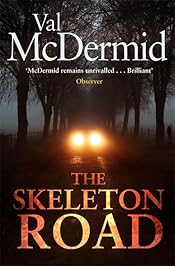 I noticed early on while reading this book how different the style was compared to the same author’s
I noticed early on while reading this book how different the style was compared to the same author’s 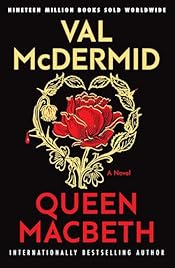 This is one of a series of short novels Birlinn (Polygon’s owner) has commissioned from modern Scottish authors under the rubric Darkland Tales: “dramatic retellings of stories from the nation’s history, myth and legend.” The good lady picked it up from the local library and I thought I might as well read it too.
This is one of a series of short novels Birlinn (Polygon’s owner) has commissioned from modern Scottish authors under the rubric Darkland Tales: “dramatic retellings of stories from the nation’s history, myth and legend.” The good lady picked it up from the local library and I thought I might as well read it too.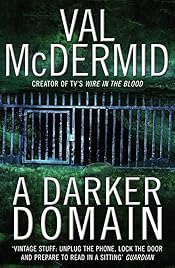 This is the second of McDermid’s Karen Pirie books. I read the first
This is the second of McDermid’s Karen Pirie books. I read the first 
